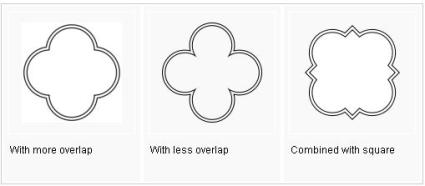We decided after a group meeting and a substantial amount of dialogue that we all agreed on soundbites as the name. We believed this was a good idea for our app as it was a soundscape based game, with a clear narrative which was based around our fictional character as a symbolic representation of the magna carta itself. Keeping in fitting with the empathy that we was trying to create through the use of the Magna Carta man. We included him in both the start and end screens of the game. As we considered him a fundamental part in the experience for the user. So with all this in mind we decided to have the game enclosed within the start and end screen and him making appearances throughout. We incorporated the idea of bites into the name as the sounds were short which has two meanings firstly from a data perspective they would consist of (data memory in the form of bytes), and secondly and more importantly the way in which our target audience were more likely to recognise the sound clips were short which could be compared to bites in the way that it would consist of multiple smaller bites rather that the thing dissapearing in one go. Along with the fact that each correct answer was signified with a new slice of cake.
The design of the start screen was designed in a way that you would instantly come across the character in an interesting way, so this was conceptualised by using illustrators tools in order to create a 3d title and make it look like the title was resting on a plate in the same way that the cake would be in the end screen. Following on from this the title was made to look like it was being eaten by the character in order to make the game seem more humorous and appealing in a friendly nature.

The design of the end screen was created using illustrator as was the majority of the app. due it capabilities of working with vectors instead of pixels, allowing for the designs to be designed with responsiveness in mind. The concept of the end screen was to show an elated character, due to the fact that you had completed the game therefore getting him a cake for his birthday. As the birthday (due to the 800th anniversary of the magna carta) as displayed with the number eight hundred on top of the cake. The cake was also a continuous theme throughout as each level was rewarded with a new slice upon completion, this made the transformation into an entire birthday cake at the end. Along with the cake the character was is wearing a party hat. To reinforce the fact it’s his birthday.






